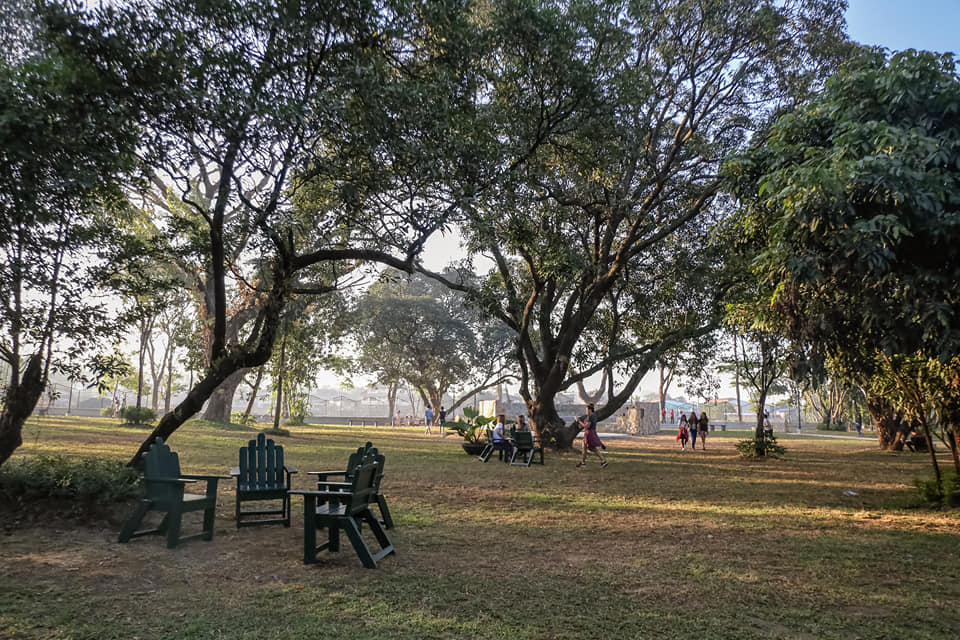DENR promotes urban green spaces to ease heat index
By JOVILAND RITA, GMA Integrated News Published April 19, 2024 10:13am The Department of Environment and Natural Resources (DENR) on Friday said it is promoting the establishment of urban green spaces to mitigate the increasing high heat index in the country. “Among the interventions of the Department to lower the heat index is the promotion […]


By JOVILAND RITA, GMA Integrated News
The Department of Environment and Natural Resources (DENR) on Friday said it is promoting the establishment of urban green spaces to mitigate the increasing high heat index in the country.
“Among the interventions of the Department to lower the heat index is the promotion of the establishment of urban green spaces especially in highly urbanized areas,” the DENR told GMA News Online.
“Urban green spaces can reduce the Urban Heat Island effect and can help reduce air pollutants in the area,” the DENR added.
Urban Island Heat Effect is the elevated temperature that most urban areas experience.
Heat is able to escape from soil. But in cities, where there is more cement, asphalt, and concrete than soil, heat is absorbed and trapped in the surface. This makes cities a lot warmer than rural areas.
Green parks and forests provide natural shade and evaporative cooling which lessen the heat.
In Metro Manila, among the green spaces accessible to the public are Arroceros Forest Park, UP Academic Oval, People’s Park, Greenway Park, Ayala Triangle Gardens, Estero Tripa de Gallina, Filinvest City Central Park.
To mitigate the increasing high heat index and impact of climate change, the DENR has been implementing programs such as the Enhanced National Greening Program.
More than 1.8 billion seedlings have been planted on 2.17 million hectares of land in the country since the start of the program in 2011, the DENR said.
According to state weather bureau PAGASA, temperatures in various areas across the country have already surpassed its projections for the month of April.
PAGASA warned that the hottest days are expected to come in May.
The nationwide average heat index in the Philippines from 2010 to 2020 was only 37°C, based on the National Adaptation Plan of the Philippines 2023-2050 by the Climate Change Commission.
By 2030, up to 11 million Filipinos are projected to be exposed to a “danger” level of heat index of higher than 42°C, according to the report. The affected population may balloon to 74 million by 2050.
The projected most impacted area is Mindanao.
On a regional level, the National Capital Region and Cordillera in Luzon as well as Caraga in Mindanao are expected to have the highest temperature increases.
“Labor productivity loss or reduced work capacity due to heat stress is projected to reach up to P466 billion by 2030 and a staggering P870 billion by 2050,” the report said. —VAL, GMA Integrated News














